How to use the Ned Rig with Andrew Upshaw
Even for those who resisted, finesse baits have become essential tools for the serious bass angler. High pressured situations, smallmouth bass fisheries, and ultra-clear are obvious places to employ finesse tactics. However, some finesse baits are becoming a mainstay regardless of conditions, because they just catch hordes of fish – no matter where or when. The Ned rig falls into that category.
Two FLW tour victories
FLW Tour bass angler Andrew Upshaw boasted two professional victories during the 2019 season and credits the Ned rig for much of his success, “It is the main reason for both of my victories, especially at Cherokee.” In April, Upshaw won the FLW Tour event on Cherokee Lake, Tennessee and just seven months later in November won the FLW Costa Championship on Kentucky’s Cumberland Lake.

When to use the ned rig
“The Ned rig,” Upshaw insists, “works all year round, but I’ve noticed that it excels for largemouth in the spring. Springtime means big bass wherever you are, and you can catch them on a bunch of baits, but the last couple of years I’ve noticed the Ned catches some of the biggest bass in the area.”
The Ned rig works all year round, but I’ve noticed that it excels for largemouth in the spring.
Andrew Upshaw
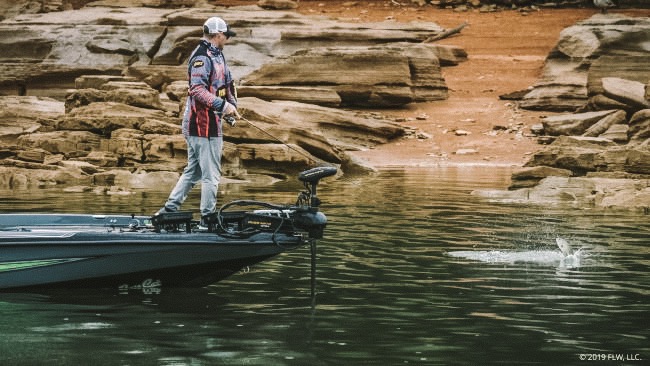
“I think this is because largemouth see a million of the traditional spring baits in shallow water – rattle traps, bladed jigs, and jigs, and the Ned is a more subtle bait for a wary fish under pressure.”
Largemouth and Smallmouth and Spotted Bass, Oh My!
Upshaw admits the Ned rig will catch quality largemouth all year long, but not as effectively as it does during the spring. He adds, “Sometimes, that’s the only bait the largemouth will bite. During a tough summer bite, the Ned is hard to beat, but if it’s a decent bite, a different bait might get bigger bites.”
That’s different for spotted and smallmouth bass. “Big spots and smallmouth love the Ned rig all year long! Whenever I’m on a fishery with big spots and smallmouth, I’m throwing the Ned.”
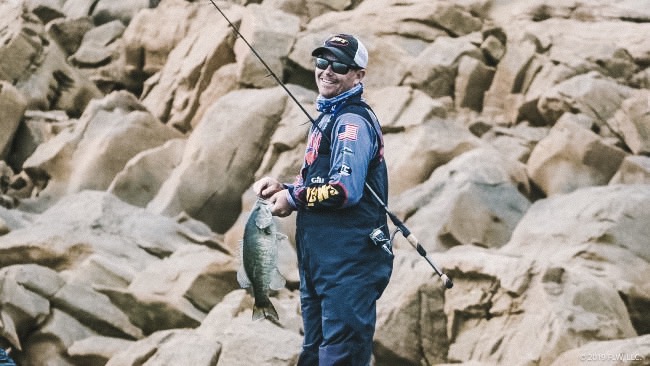
Big spots and smallmouth love the Ned rig all year long! Whenever I’m on a fishery with big spots and smallmouth, I’m throwing the Ned.
Andew Upshaw
Tackle for the ned rig
Like other finesse tactics, the Ned rig is not traditionally tied to heavy line or rods. Upshaw reveals, “I use a 6’11” Team Lew’s Custom Pro Dock Sniper spinning rod with a Team Lew’s Custom Pro spinning reel because I can make long casts. This setup has a good backbone for hooksets on those long casts, and then a smooth drag.”
He rigs his reel with yellow 10-pound Strike King Tour Grade braid line with an 8-pound Strike King Tour Grade fluorocarbon line. Many different Ned rig heads exist, but Upshaw sticks with the Strike King Tour Grade family. “Almost always, I use an 1/8 ounce, and around hard structure, I will use the weedless head. In water deeper than 20 feet, I will upsize to ¼ ounce.”
Keep it simple
Upshaw advises to keep the colors simple, “Don’t get caught up in dock talk about hot colors. If they’re going to bite, they will eat one of these colors:
- Green pumpkin – “I always begin with this color because it catches fish anywhere across the nation.”
- Moon Dust – “This is a shad colored bait, and on any fishery with a population of shad, this color can be deadly.”
- Watermelon red – “Just like green pumpkin, this color works anywhere in the country, and it is a good alternative to give a different look, especially in clear water.”
Upshaw always uses the Strike King Ned Ocho.
How to retrieve a ned rig
“In clear water,” Upshaw says, “the rate of drop is very important and often misunderstood. A Ned twirls on its way down. This is part of its appeal, and too heavy of a weight kills the twirl, because it’ll drop too vertically.”
Once on bottom, there’s little to do, “Deadsticking is usually the best thing to do. In the spring when I’m going after largemouth, I cast to specific targets and deadstick. This allows a wary bass to inspect it.”

Deadsticking is usually the best thing to do. In the spring when I’m going after largemouth, I cast to specific targets and deadstick. This allows a wary bass to inspect it.”
Andrew Upshaw
Often spotted bass and smallmouth relate to deeper structure, and Upshaw applies the same logic. “It might be 15 feet or deeper, but I cast to specific targets, let it sink on slack line to insure it twirls correctly, and then drag it extremely slow, basically deadstick it when in contact with the structure.”
Upshaw's final advice
Rather your preferred bass of 2020 is largemouth, smallmouth, or spotted, Upshaw insists getting armed with a Ned rig will help you boat more fish. “It won me two major tournaments in 2019, and it is going to be a big player for me again in 2020.”
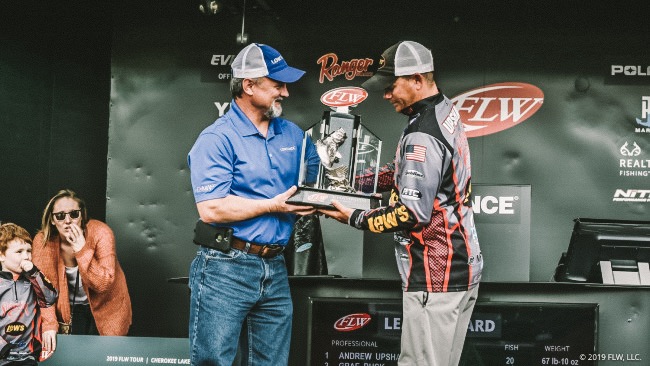
Make sure your boat is armed with protective equipment too! Fishing with a KeelGuard, SkegGuard, and ScuffBuster lets an angler focus on their foe and not the unforeseen hazards.
To find more of pro angler Andrew Upshaw make sure to check out his social media channels!
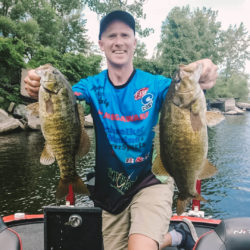
Andrew Buss
Andrew Buss resides with his family in the great state of Indiana. When he’s not fishing, creating YouTube videos or running the R&B Bass Circuit, he poses as a school teacher. If you’d like to see more from the #hunteroffish check out his social media channels.
DID YOU ALSO SEE?
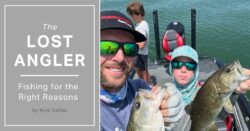
Fishing For The Right Reasons
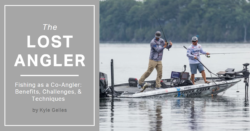
Fishing as a Co-Angler: Benefits, Challenges, and Techniques
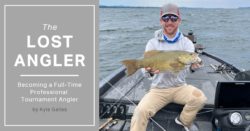



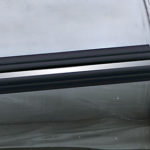
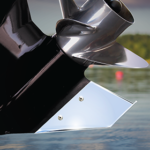
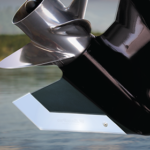

Comments